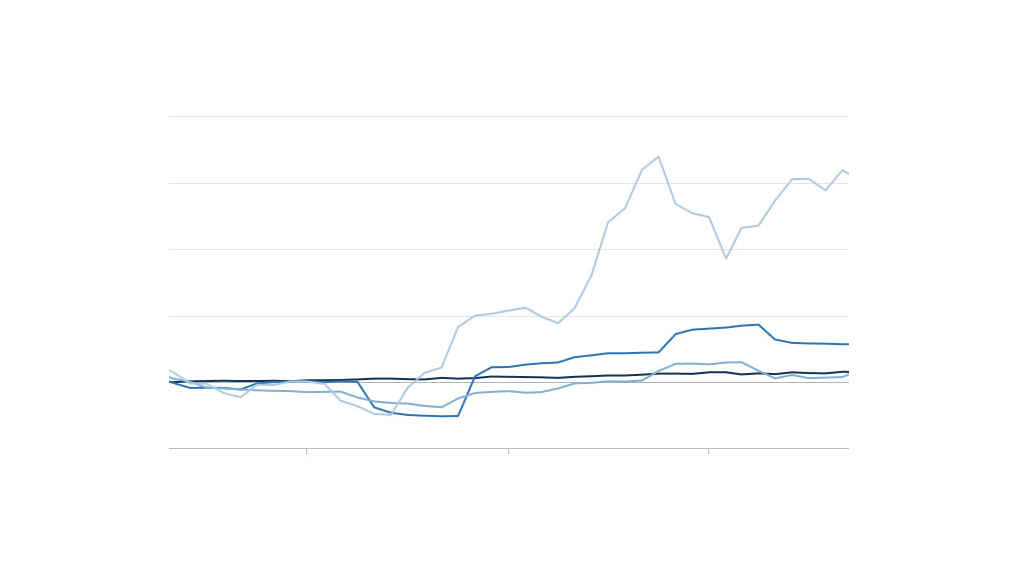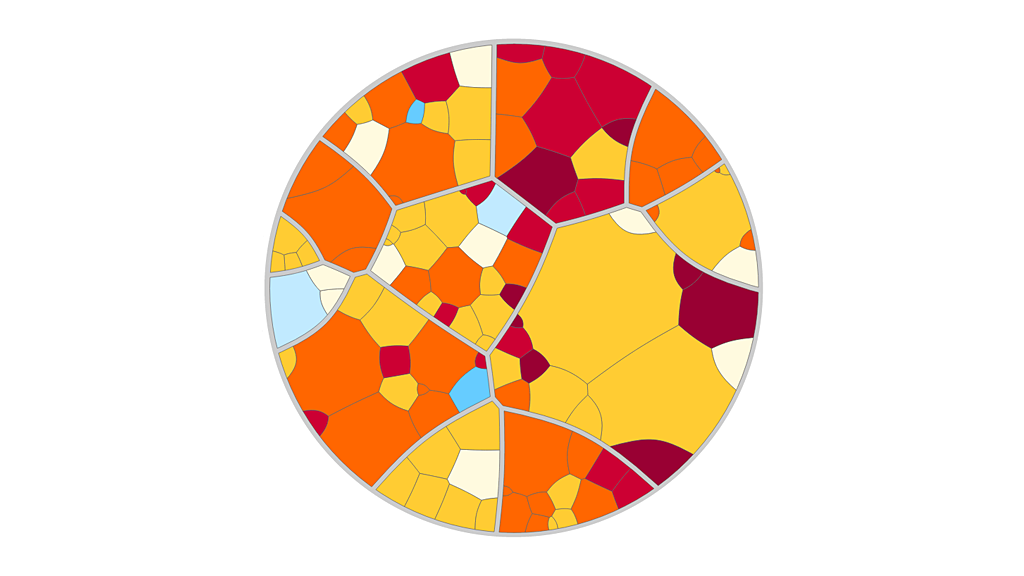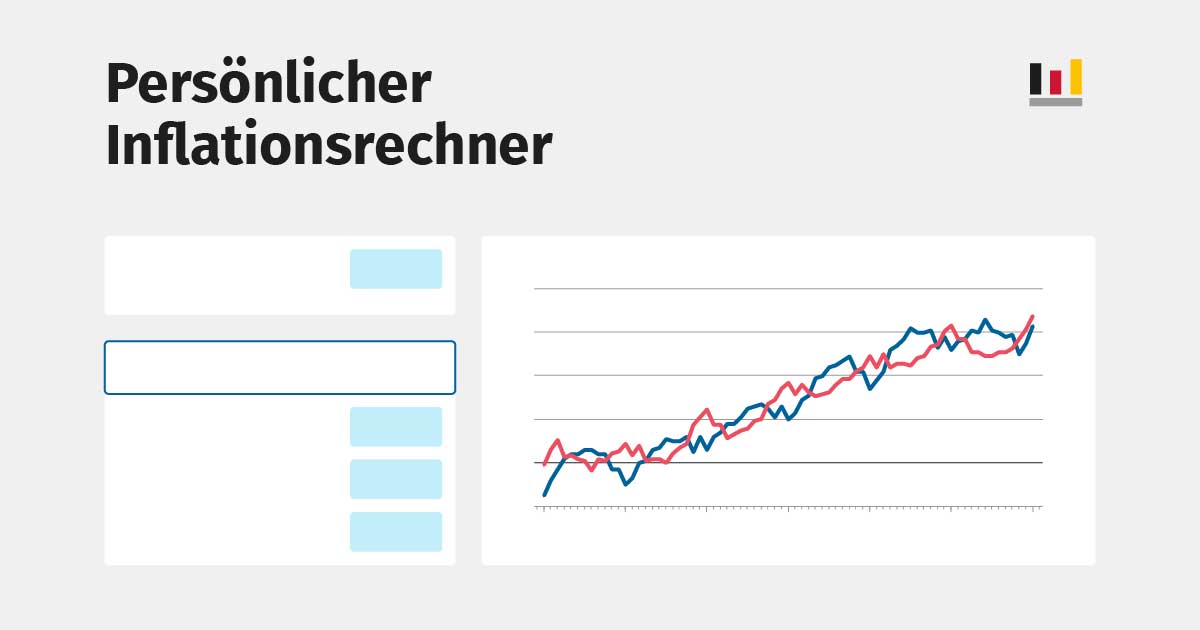European guideline
According to regulations (EU) 2016/792 and (EU) 2020/1148 the Harmonised consumer price index (HICP) calculated for European purposes is an annual chain index. Its weights used in year t must be representative for year t-1 and its price data must have a corresponding reference to the December prices of the previous year (t-1).
According to the regulations, the underlying expenditure shares are to be derived from the private consumption expenditure of the national accounts (NA) of the year t-2, i.e. the expenditure shares from two years ago. Expenditure shares for year t-2 are commonly used, since high quality source data are usually available in full after two years. In order to obtain representative values for year t-1, expenditure shares are to be reviewed and updated using all available and relevant information from household budget surveys and other data sources. Then, according to the chain index formula used for HICP, they are updated by an appropriate price change between year t-1 and December of year t-1.
The European guidelines explicitly allow the use of preliminary national accounts (NA) data, as it is based on representativeness for the year t-1. The preliminary NA data for the year t-1 regularly contain estimates for the month of December. In line with the Eurostat’s December 2020 recommendation, an adjusted approach was applied to deriving the 2021 and 2022 HICP weights due to the pandemic. For these years, the preliminary NA data for the years 2020 and 2021 were used. In principle, provisional NA data from year t-1 can continue to be used as an alternative to the data from year t-2 according to the regulatory situation.
German application of the European guidelines
In Germany, the preliminary results of NA's private consumption expenditure for the year t-1 are considered to be a suitable estimate for use in the annual compilation of the HICP weights. Based on this, this practice has been applied for the years 2023 and 2024 and will be maintained for 2025 and beyond.
The calculations for the annual update of the HICP weighting pattern for the year 2025 are essentially analogous to the usual procedure. In the years 2023 and 2024, average values of the monetary euro expenditure amounts from the years 2019, 2020 and 2021 were formed as starting values for the annual update, similar to the procedure for the German Consumer Price Index (CPI). For the year 2025, only the euro expenditure amounts of the year 2020 are used as starting values for annual update for the HICP. This change was made after in-depth consultation with Eurostat as this approach fits better with the HICP methodology. Due to the differences in the calculation formulas between CPI and HICP, the use of the 3-year average for the CPI remains in place.
The baseline data thus obtained for the year 2020 were updated with the preliminary results of the NA to the last calendar year (t-1 = 2024). As an intermediate step, a plausibility check of the new expenditure shares calculated in this way was carried out on the basis of various statistics available at short notice for 2024.
Finally, the structures of year t-1 were converted to the prices of December of the previous year (t-1 = 2024). This conversion was carried out at the 10-digit level. The NA data are basically not available at the required level of detail (i.e. not at the 10-digit level), but in many areas only for SEA-3 digits and for selected SEA-4 digits. From the 2020 and 2024 NA results, updating factors were determined for all available NA results (SEA 3 or 4 digits). These were then applied to all assigned new baseline values (10 digits) of the HICP weighting pattern.
Weighting of the German HICP for the year 2025
The national HICP weights are available to all users since 13 February 2025 with the publication of the final result for the reporting month January 2025.
The table below shows the weight information for the year 2025 compared to recent years at ECOICOP 2-digit level.
Harmonised consumer price index – Weighting pattern for the 12 divisions (ECOICOP 2-digit)| Item | Weighting
2020 | Weighting
2021 | Weighting
2022 | Weighting
2023 | Weighting
2024 | Weighting
2025 |
|---|
| in per mill |
|---|
| 01 Food and non-alcoholic beverages | 113.42 | 127.92 | 126.57 | 131.86 | 129.03 | 130.88 |
| 02 Alcoholic beverages and tobacco | 42.06 | 46.12 | 44.96 | 34.76 | 33.00 | 34.82 |
| 03 Clothing and footwear | 51.39 | 43.83 | 43.16 | 48.19 | 45.68 | 37.99 |
| 04 Housing, water, electricity, gas and other fuels | 233.06 | 253.00 | 252.20 | 165.00 | 170.83 | 163.99 |
| 05 Furnishings, household equipment and routine household maintance | 56.93 | 63.21 | 60.90 | 71.07 | 68.44 | 63.95 |
| 06 Health | 53.83 | 56.64 | 57.50 | 56.01 | 56.35 | 58.41 |
| 07 Transport | 152.19 | 141.39 | 149.44 | 166.17 | 167.93 | 171.39 |
| 08 Communication | 29.59 | 30.15 | 29.44 | 22.09 | 23.92 | 22.83 |
| 09 Recreation and culture | 114.19 | 96.82 | 97.20 | 120.69 | 116.57 | 113.77 |
| 10 Education | 9.31 | 9.91 | 11.16 | 7.52 | 7.73 | 8.20 |
| 11 Restaurants and Hotels | 57.67 | 40.70 | 39.42 | 72.39 | 72.96 | 73.87 |
| 12 Miscellaneous goods and services | 86.36 | 90.31 | 88.05 | 104.25 | 107.56 | 119.90 |
Despite the challenges in the current corona crisis, price statistics are working on the reliable provision of the national consumer price index (CPI) and the harmonised consumer price index (HICP) as important economic indicators.







